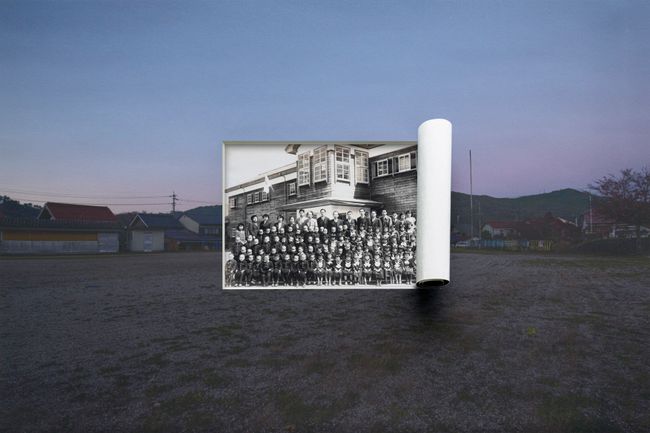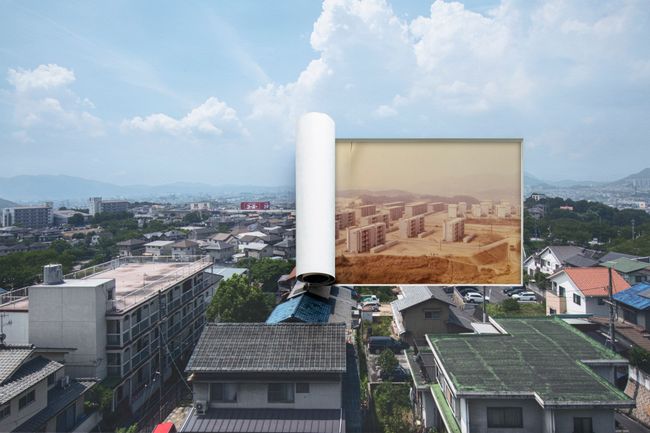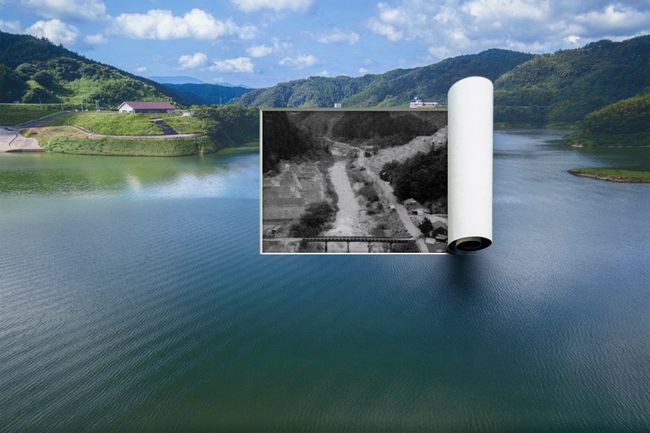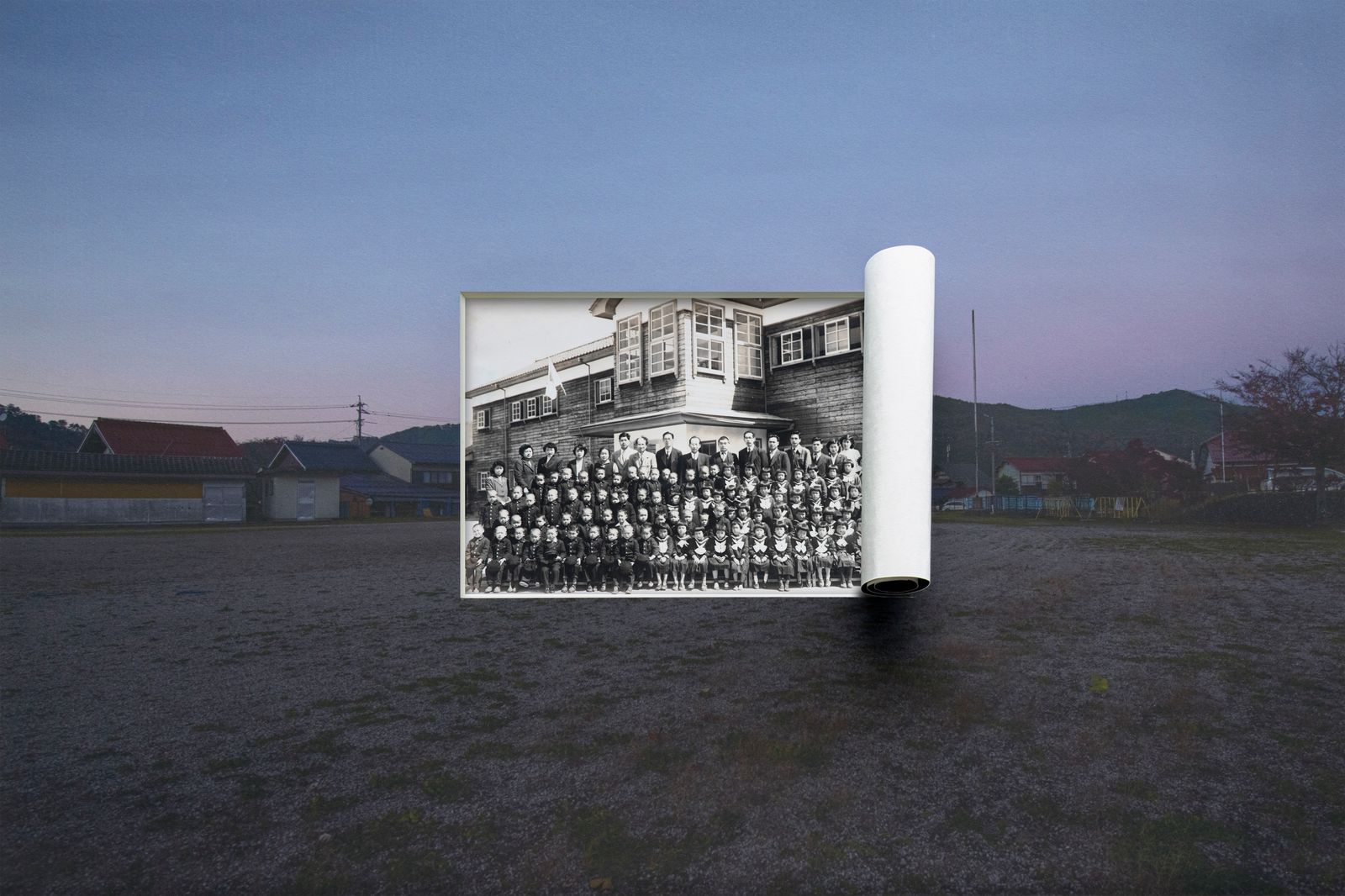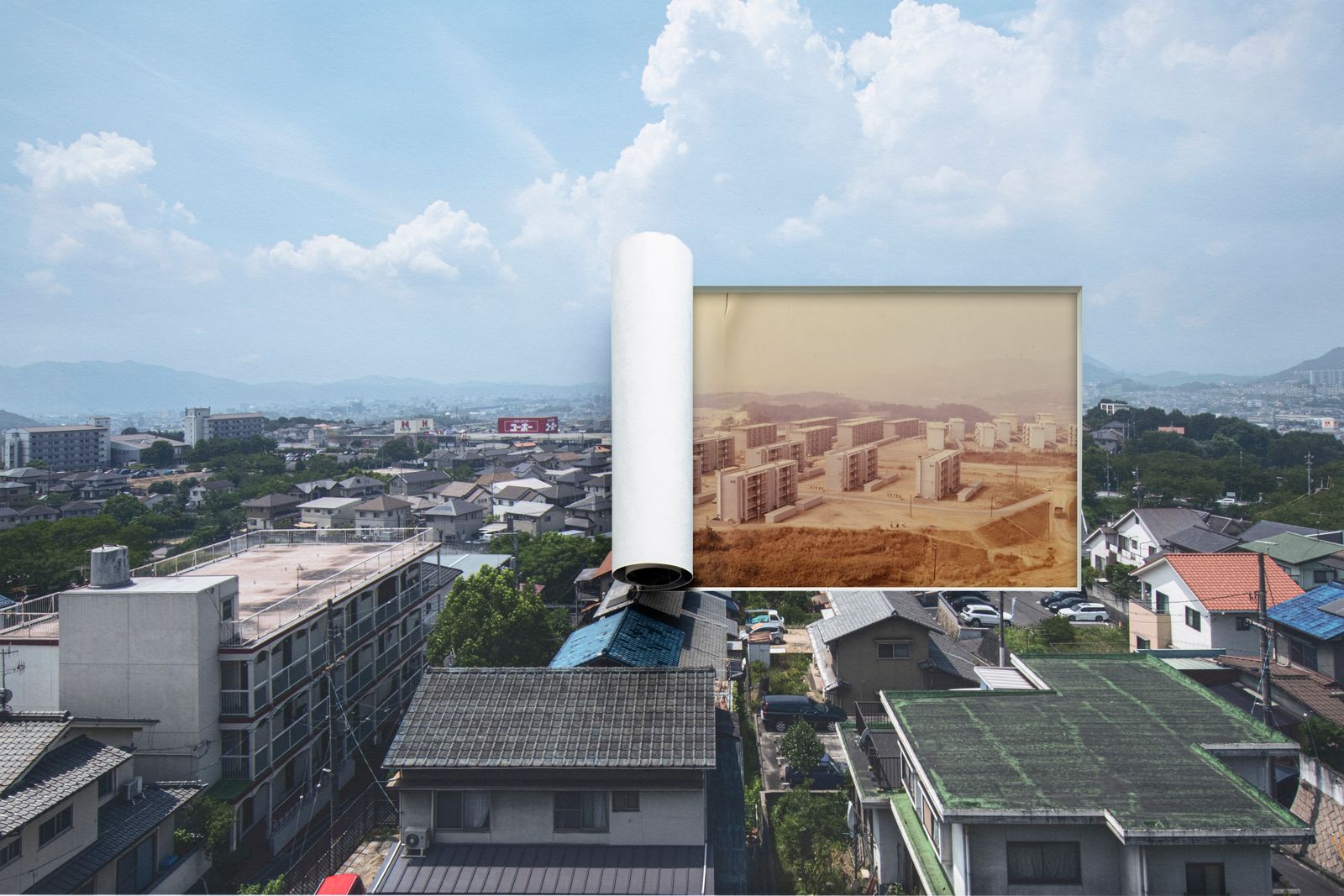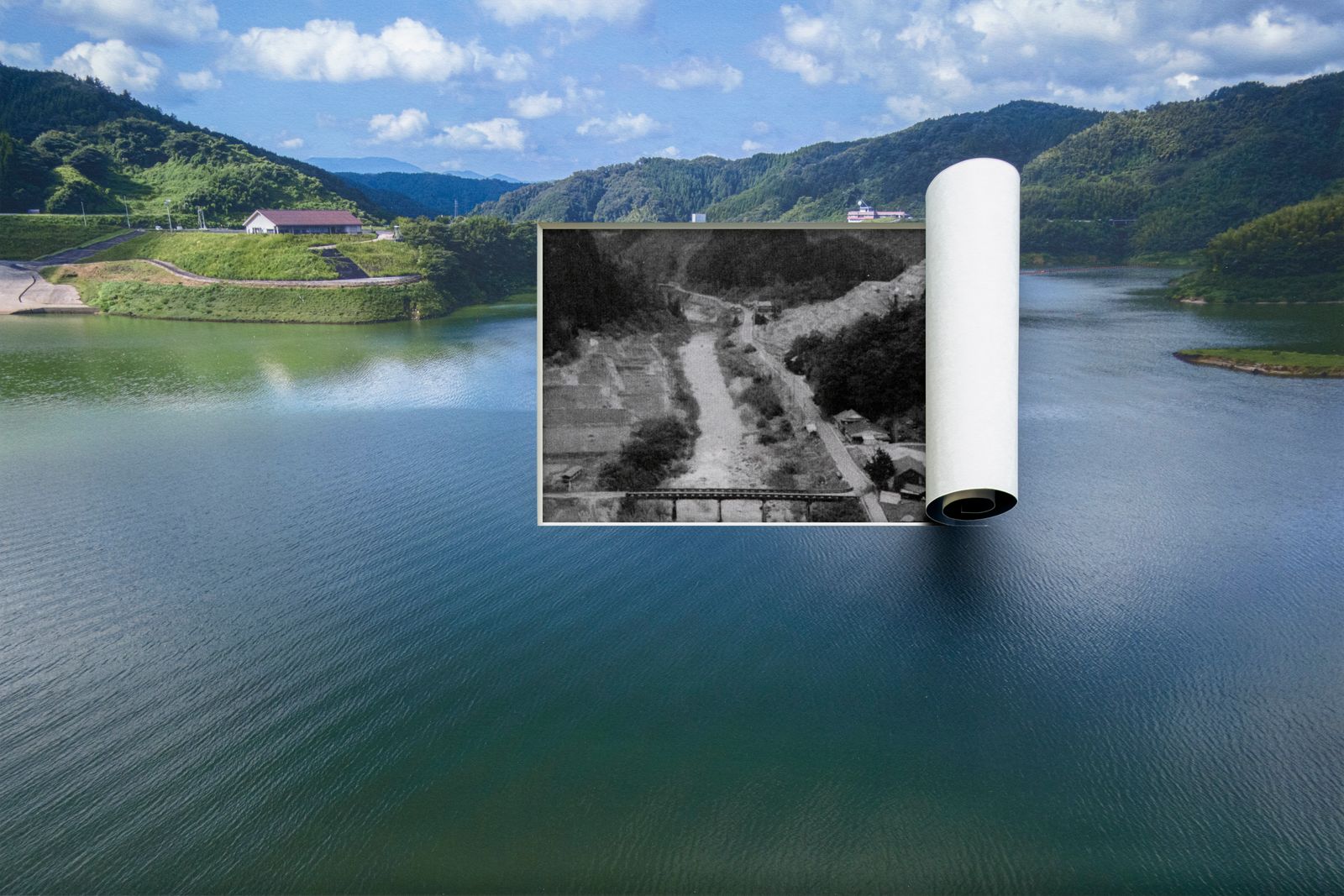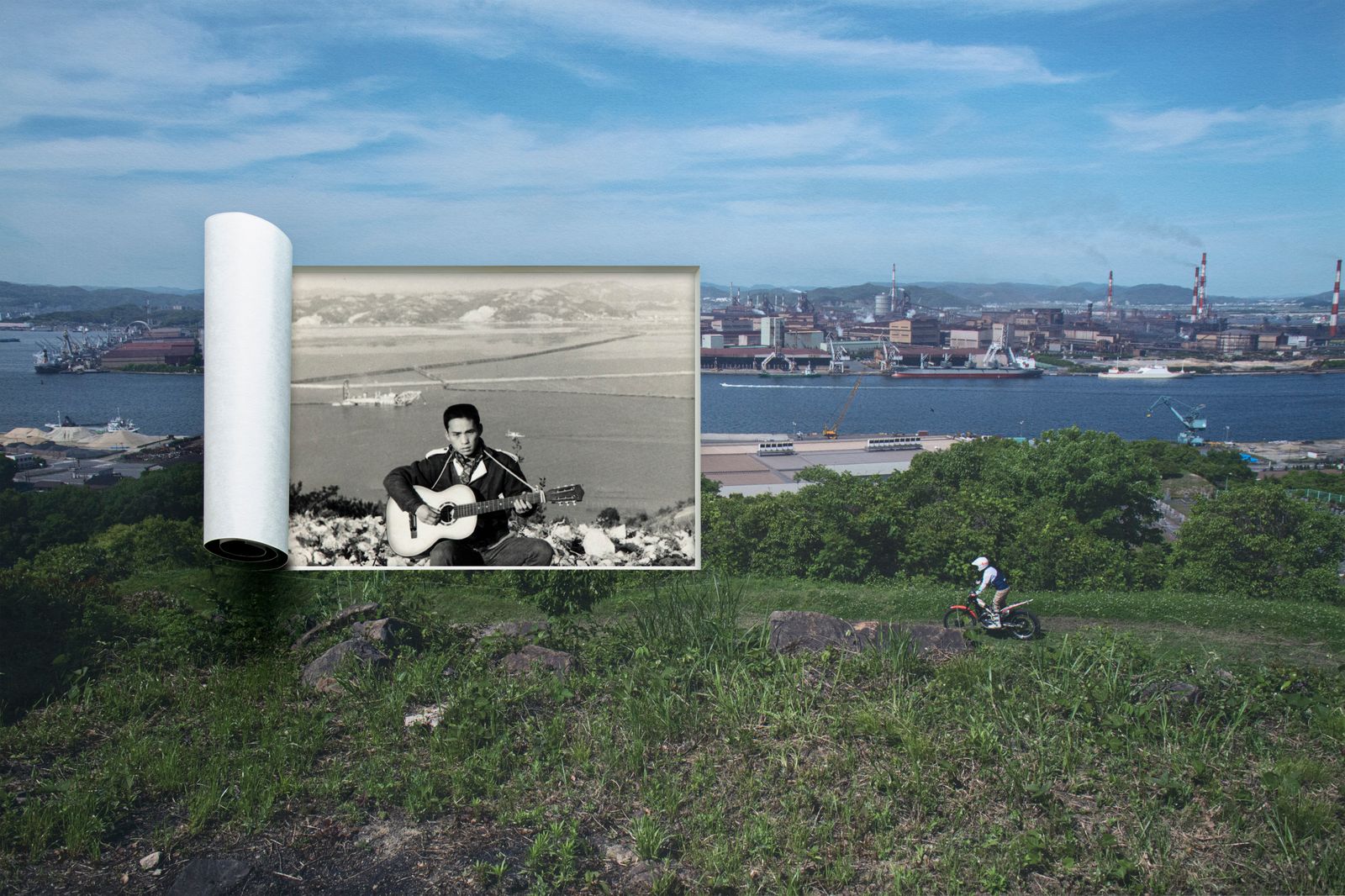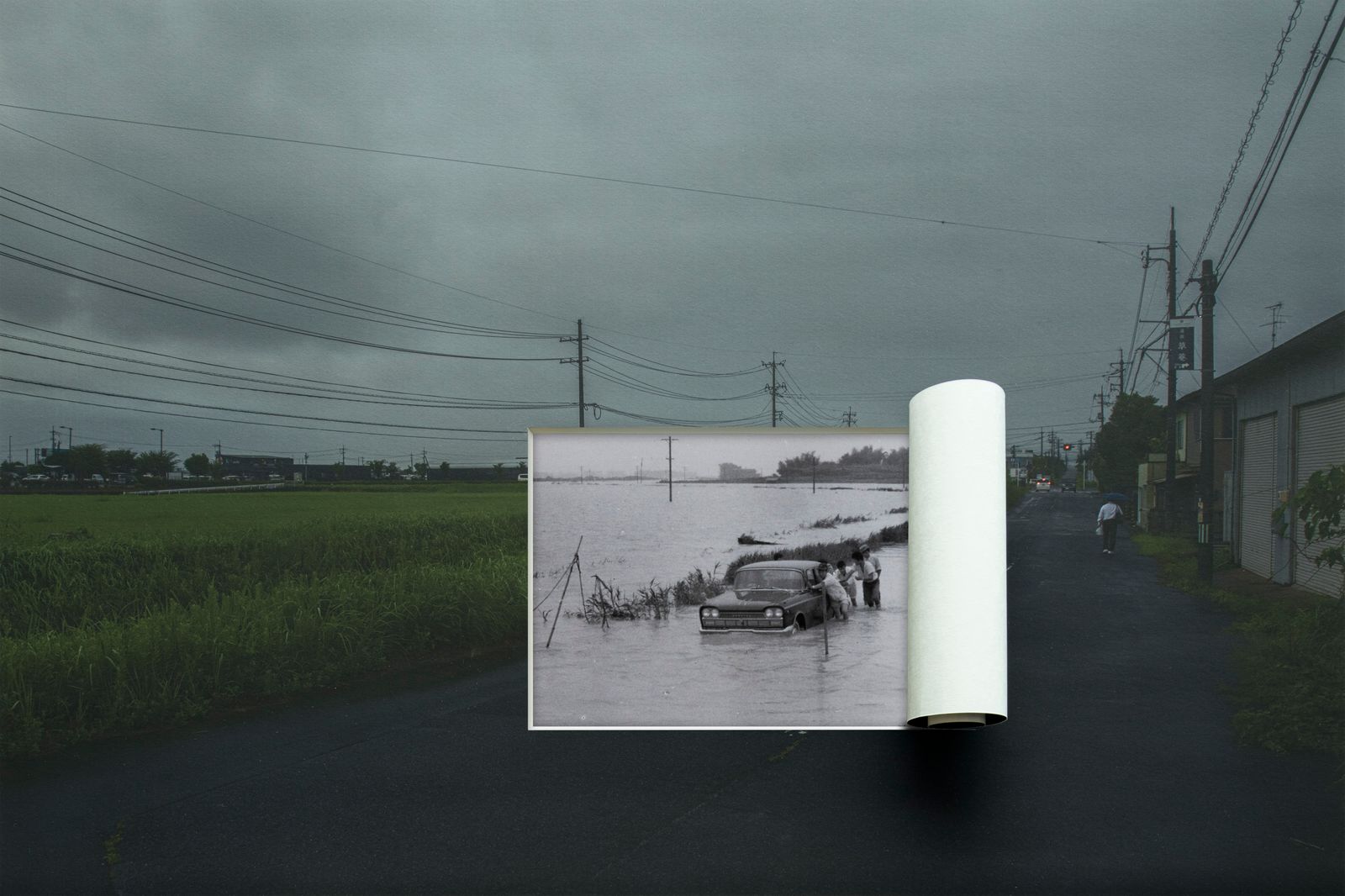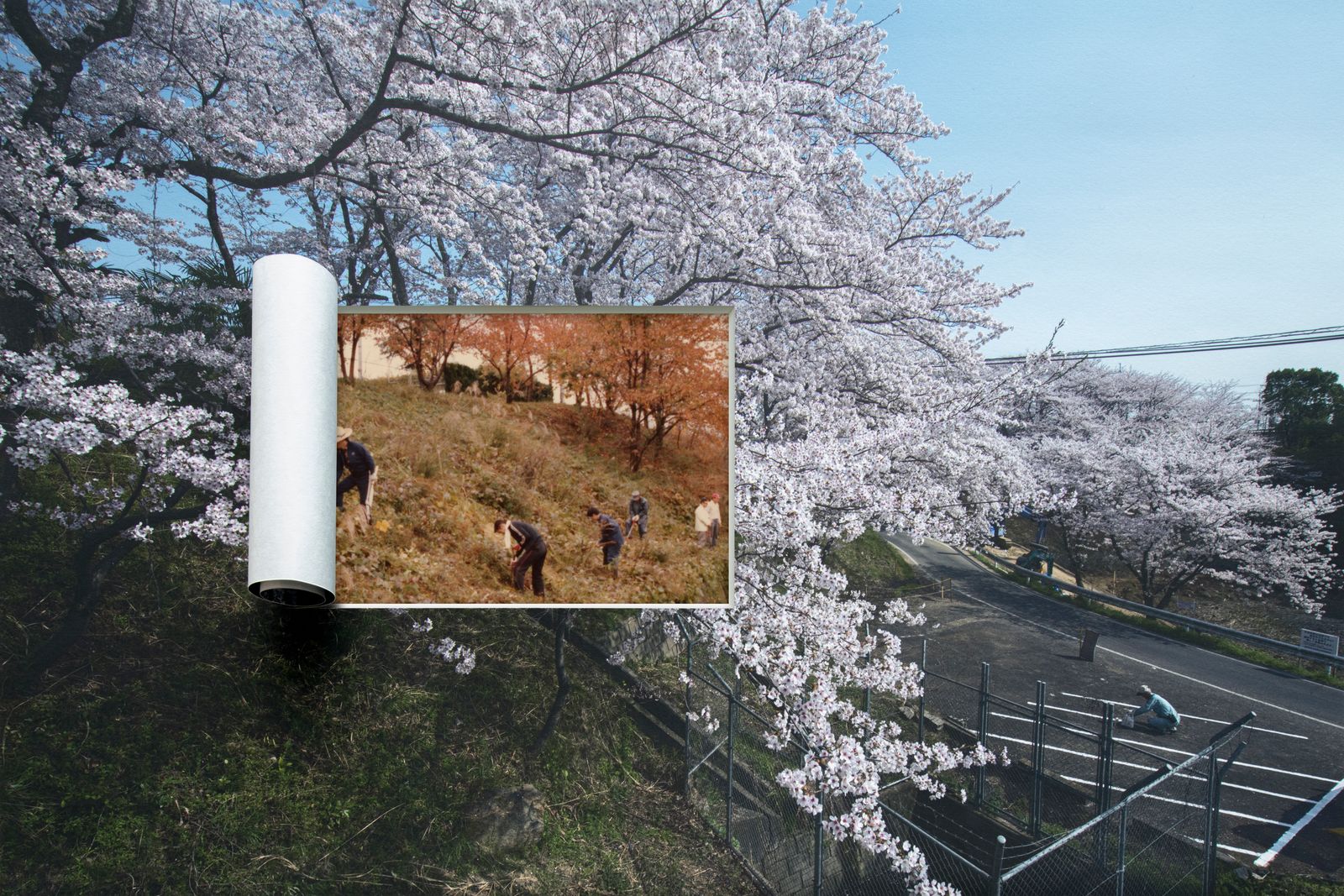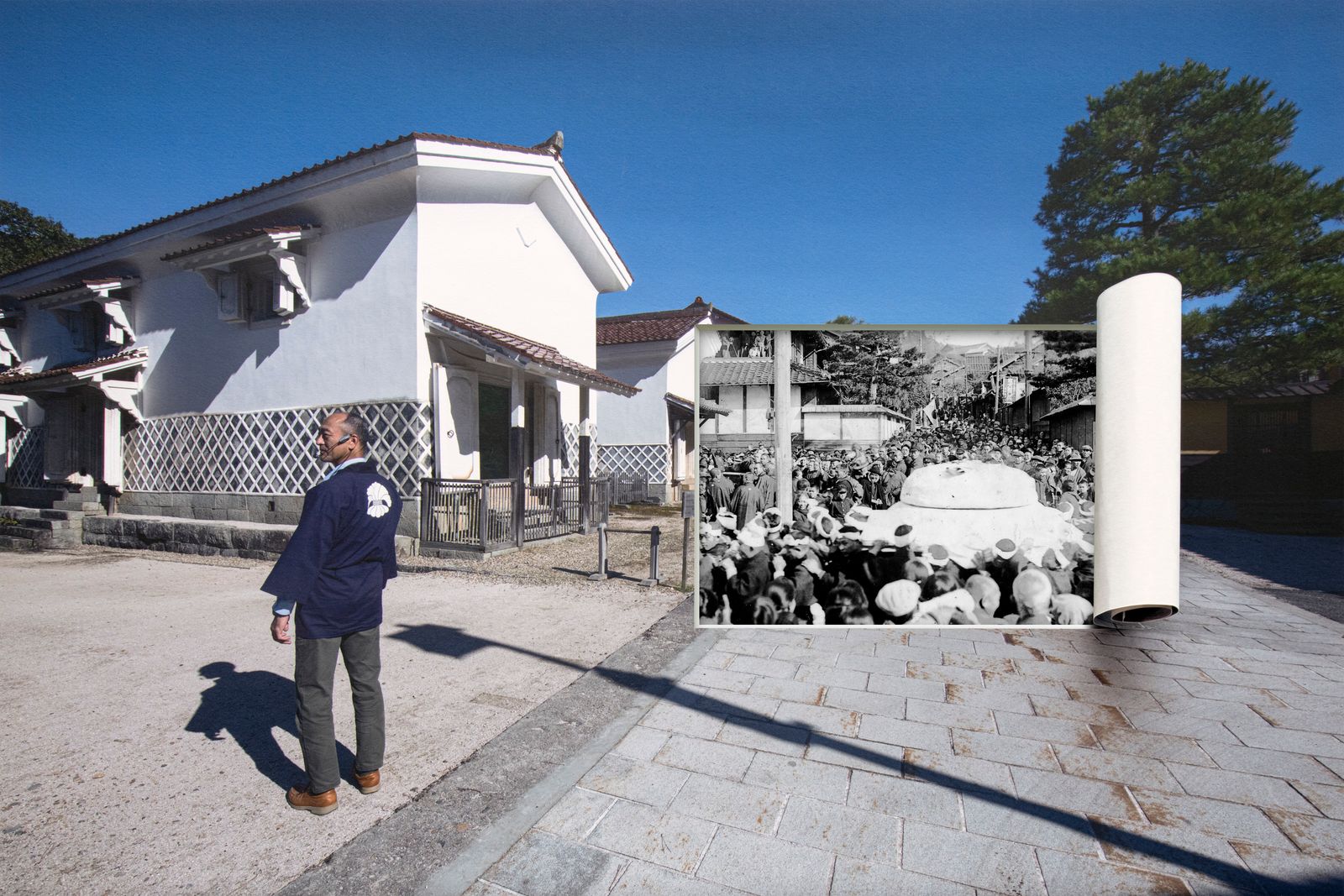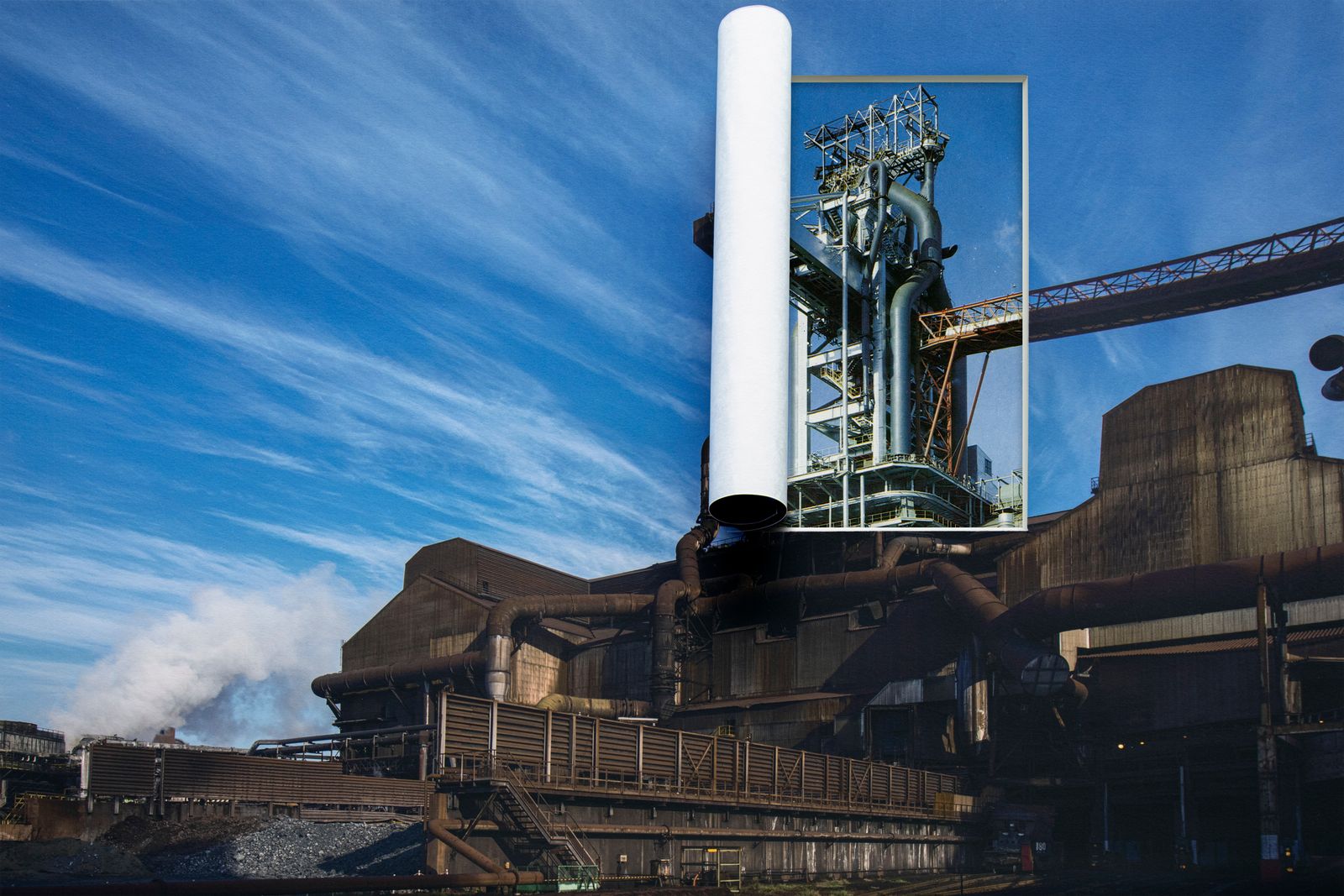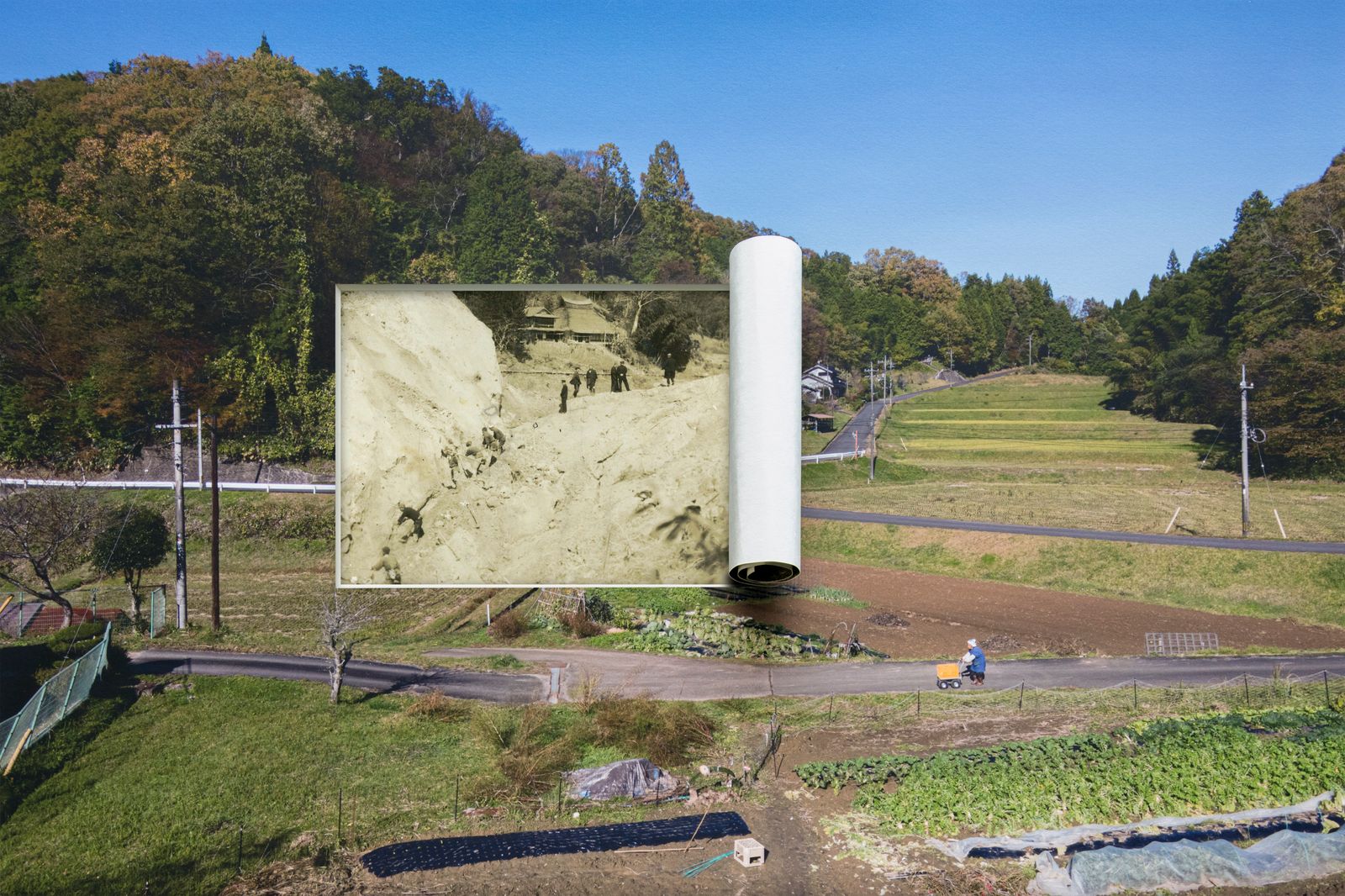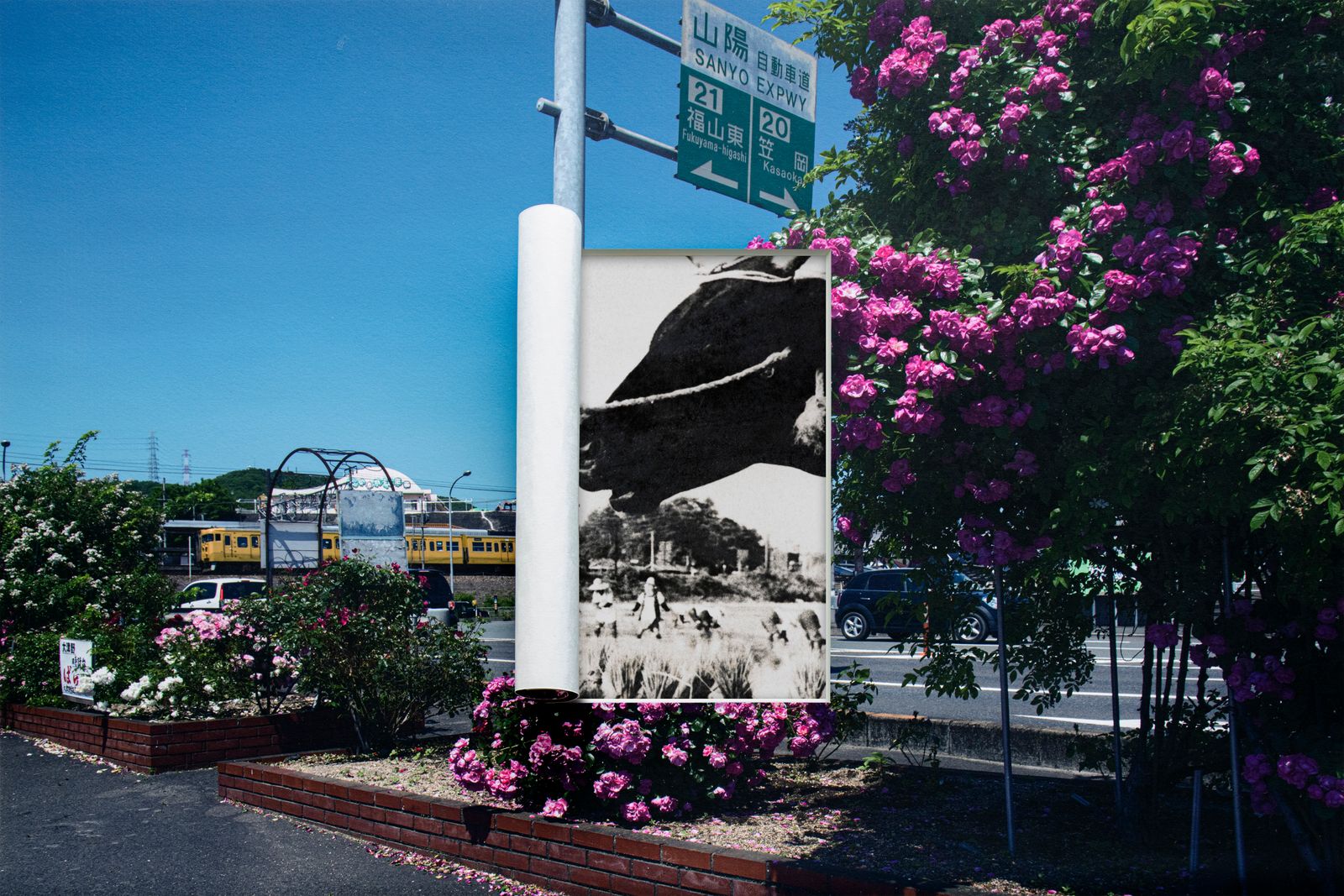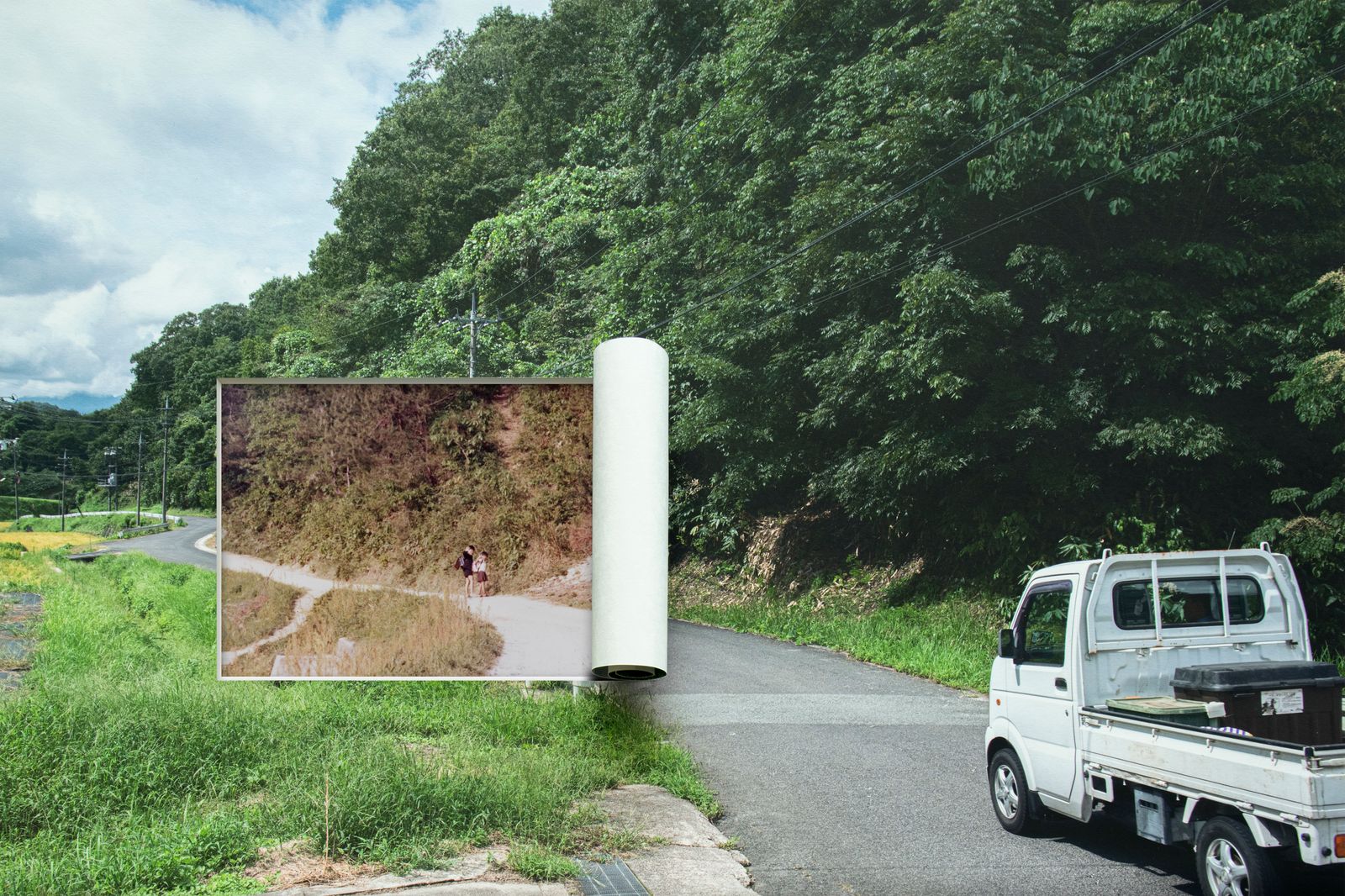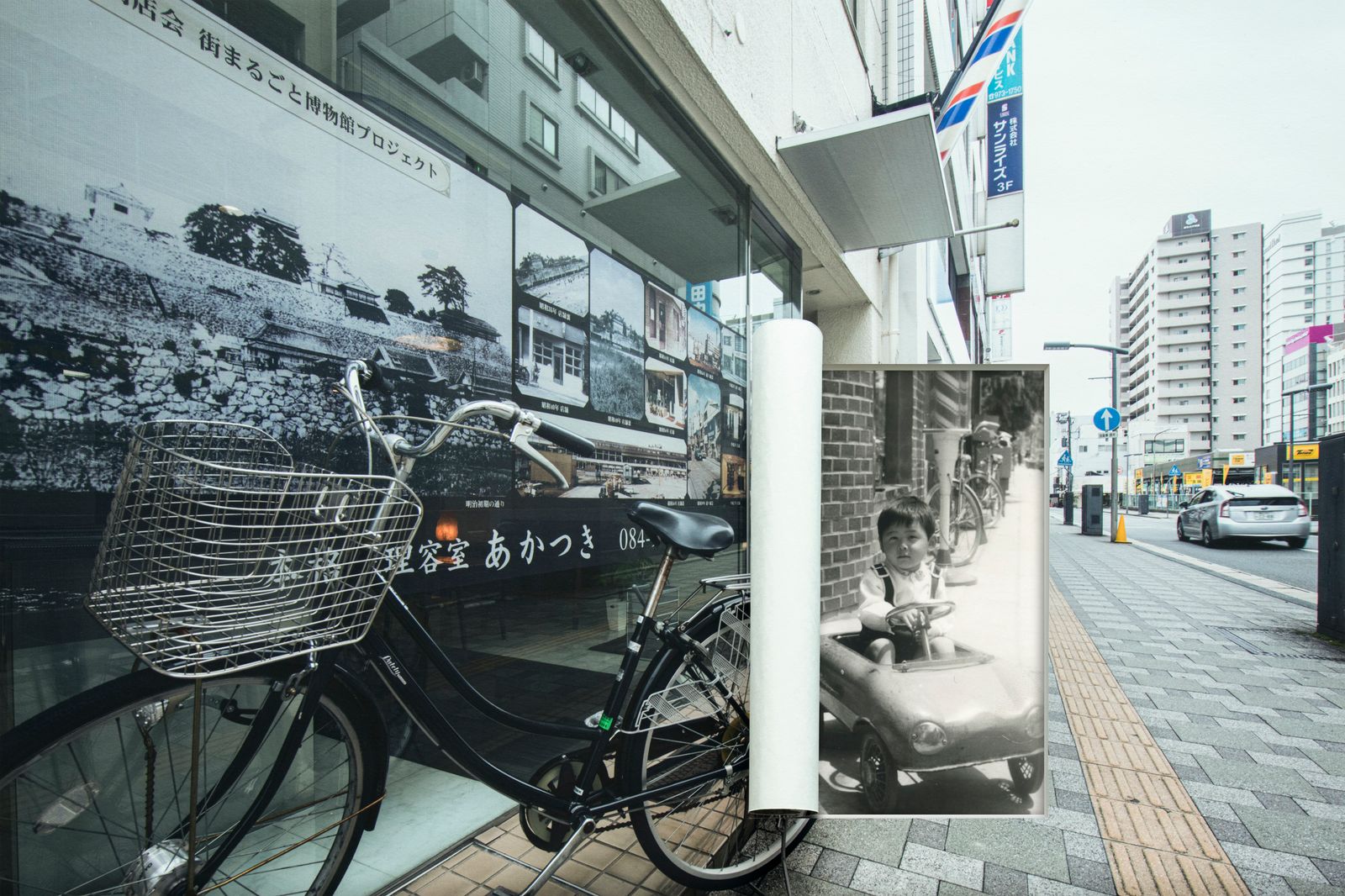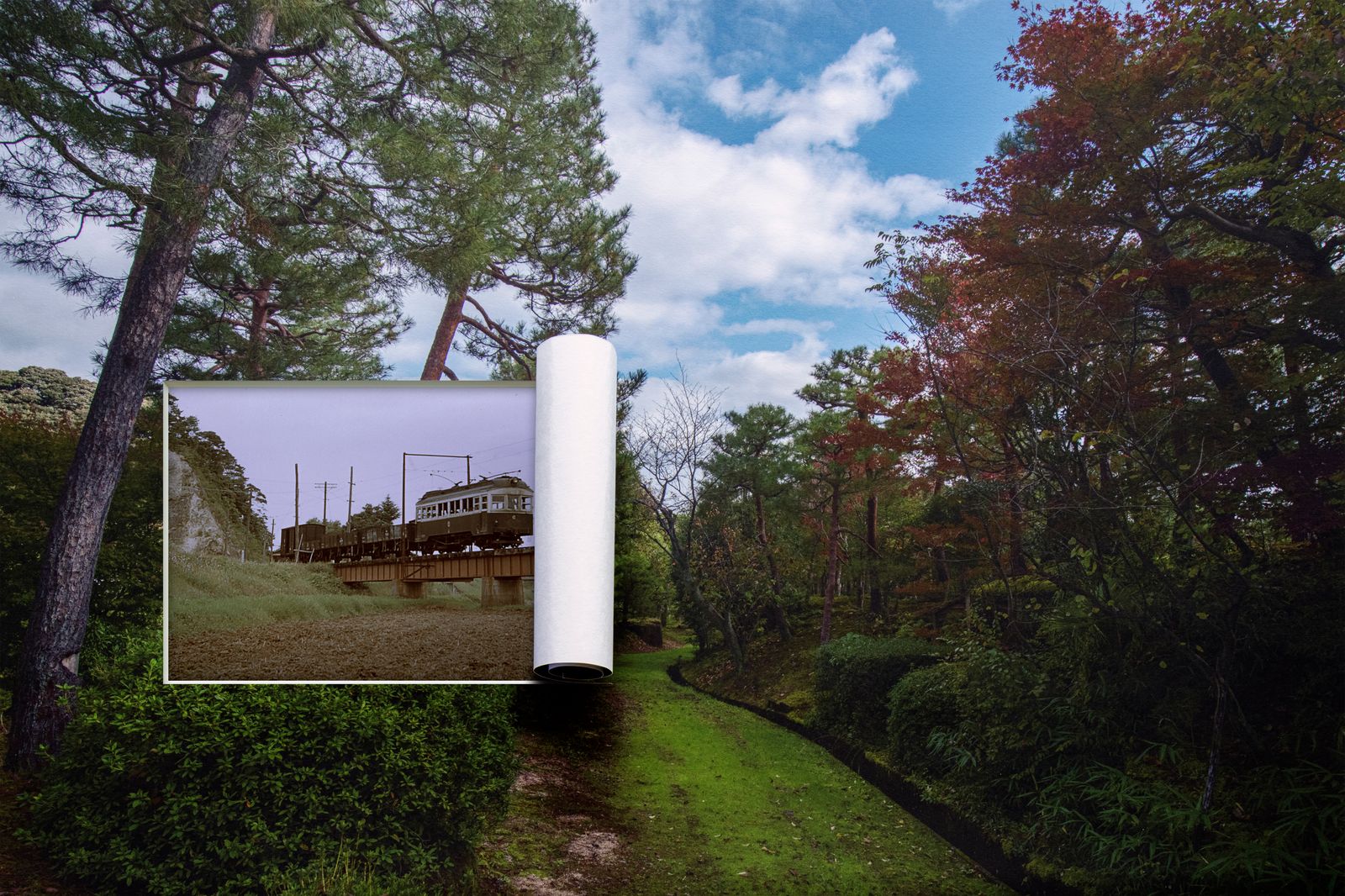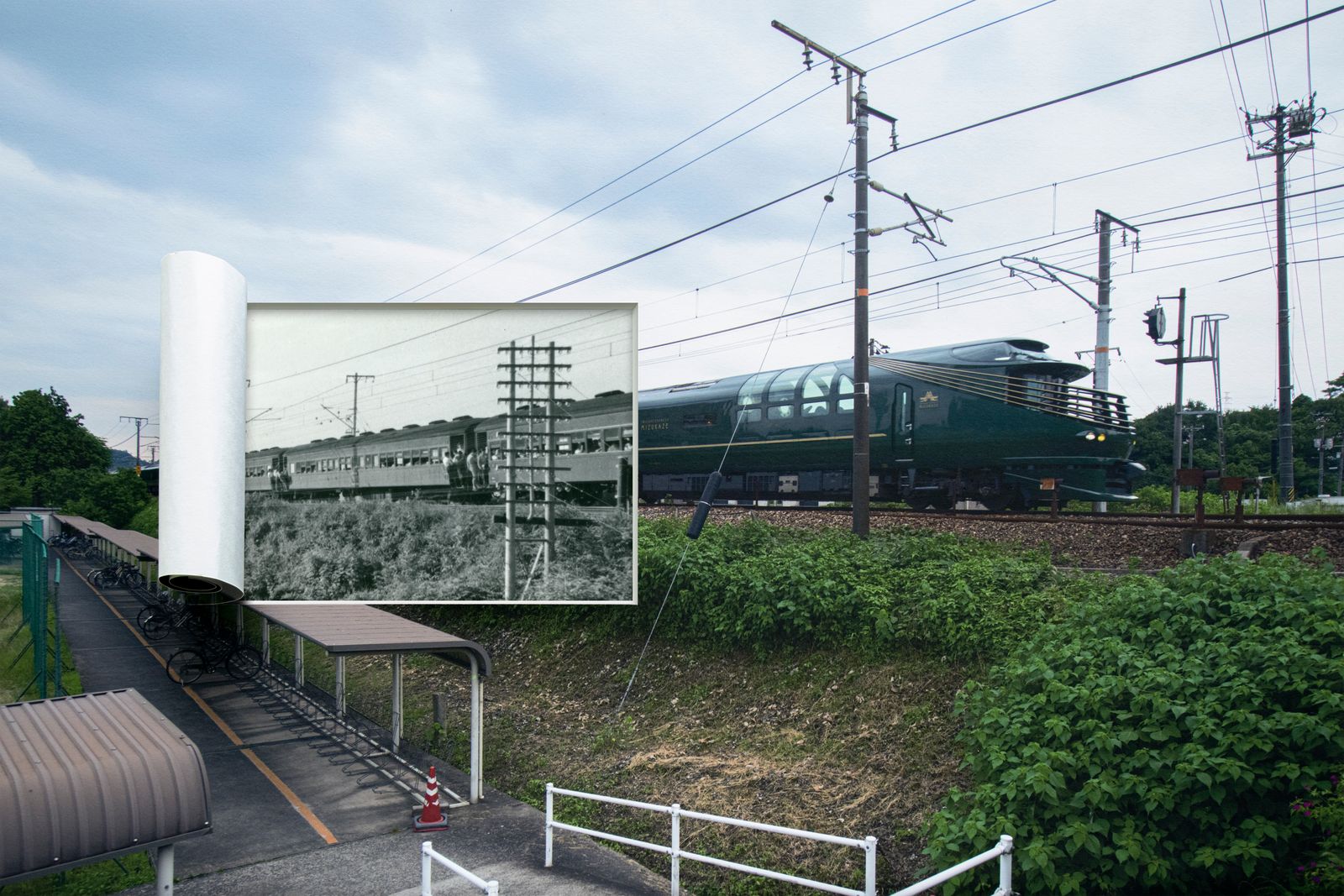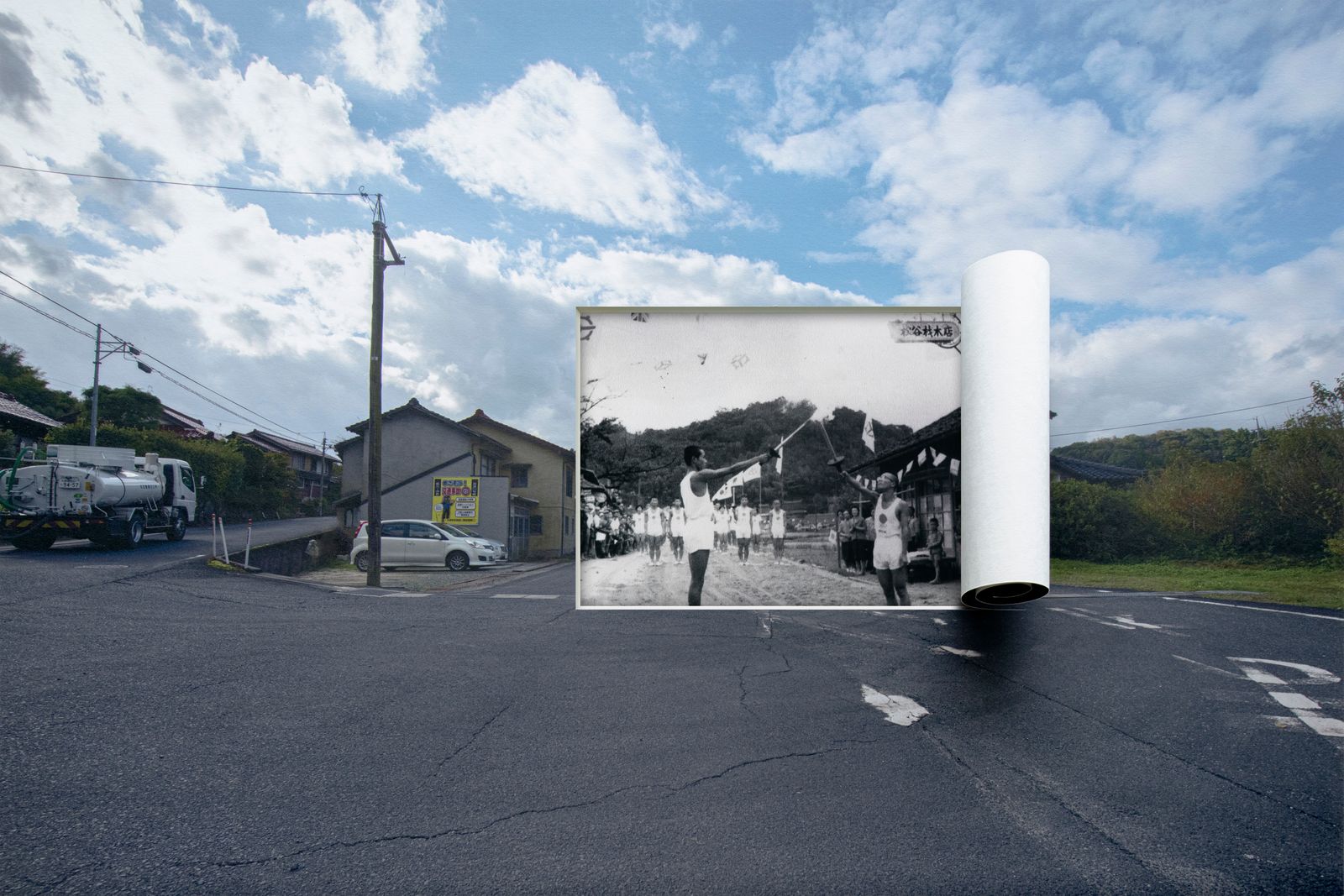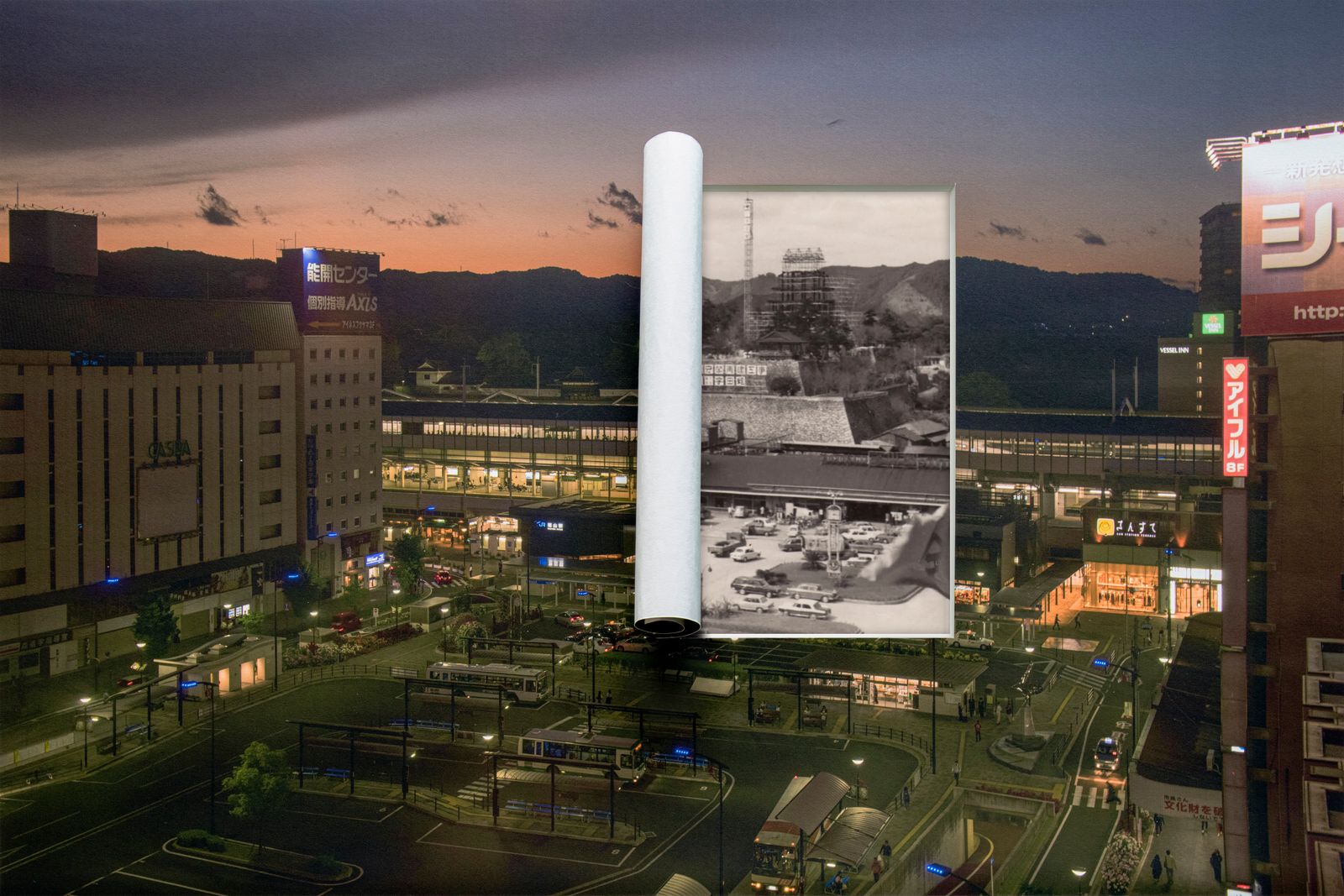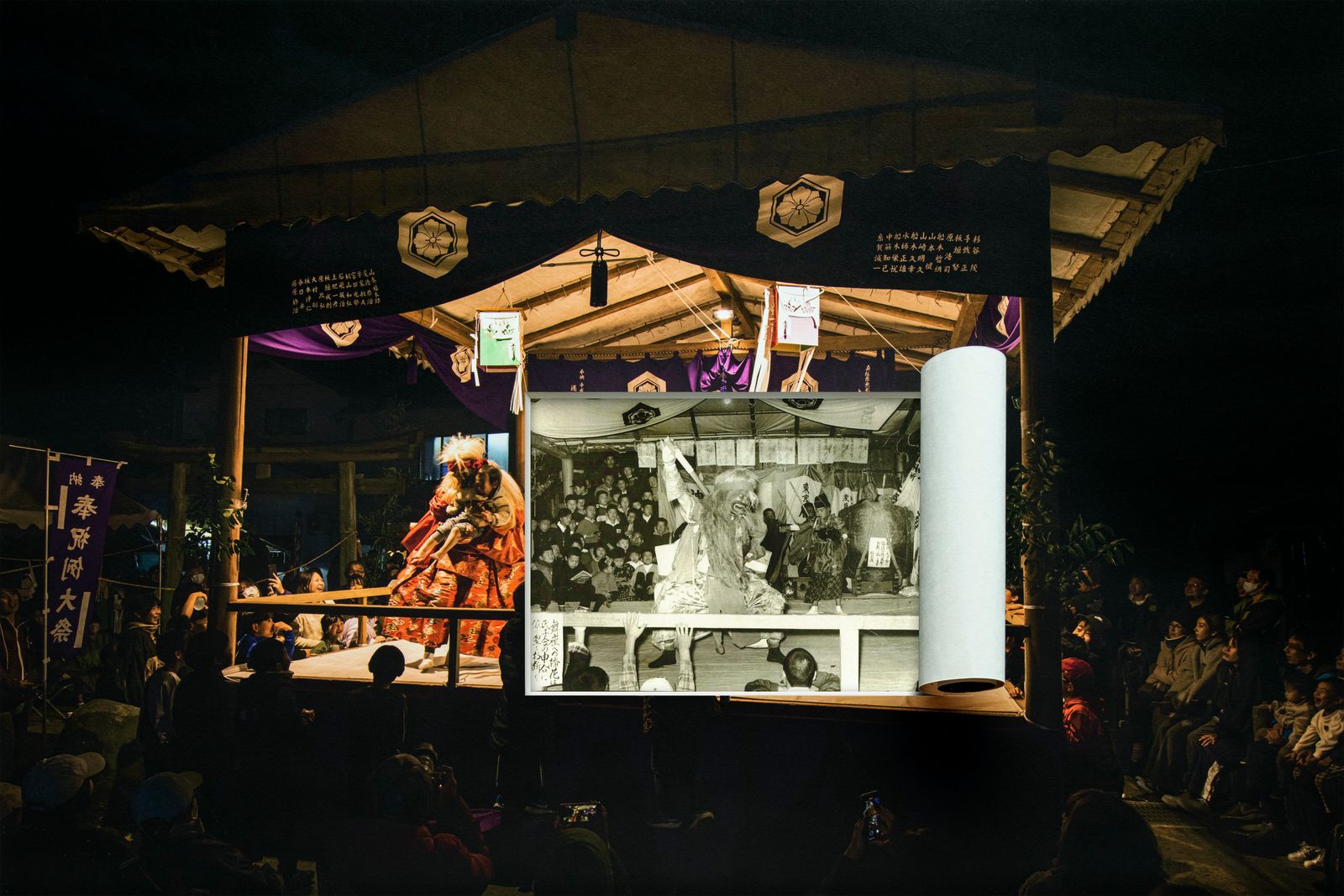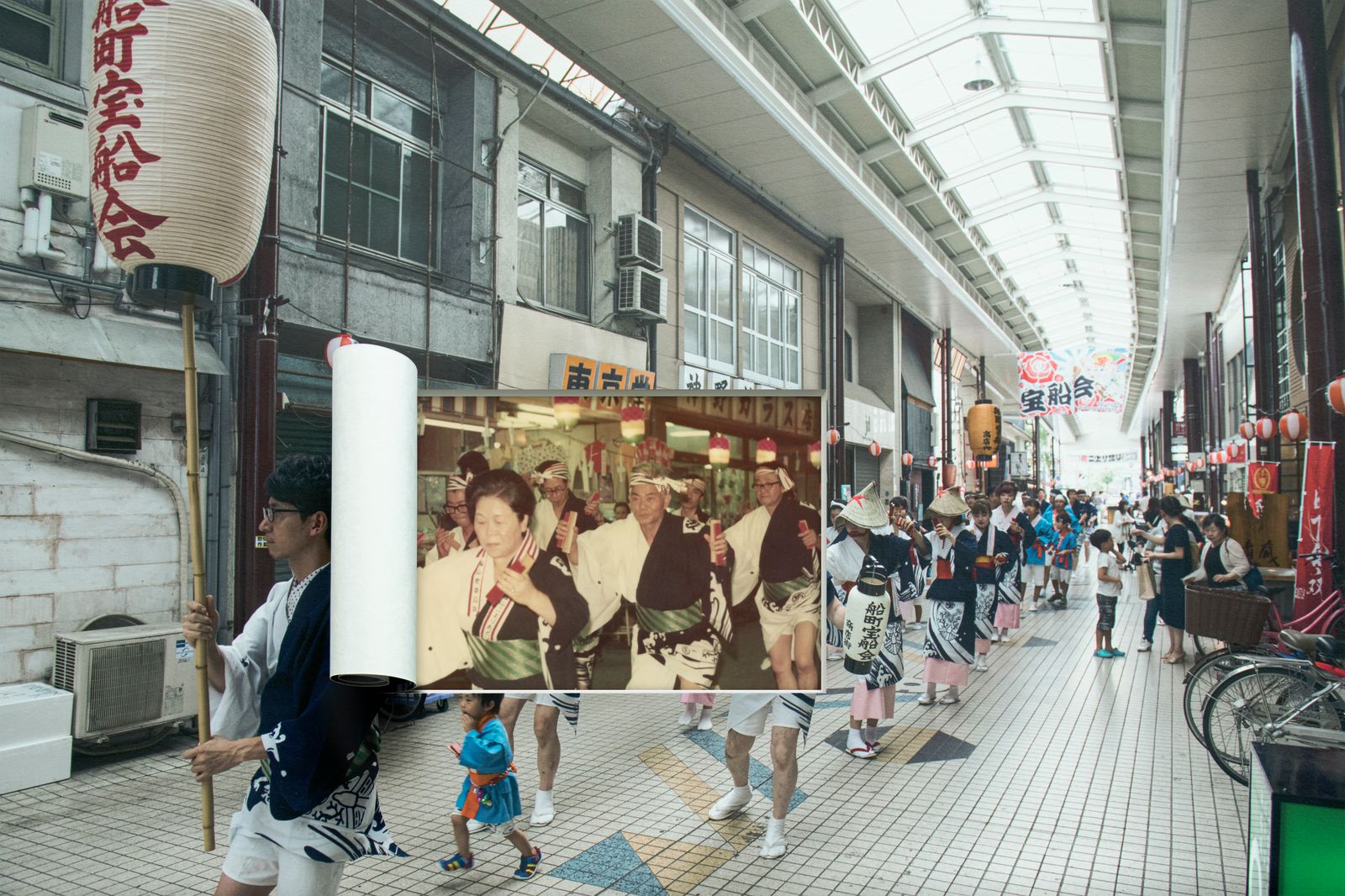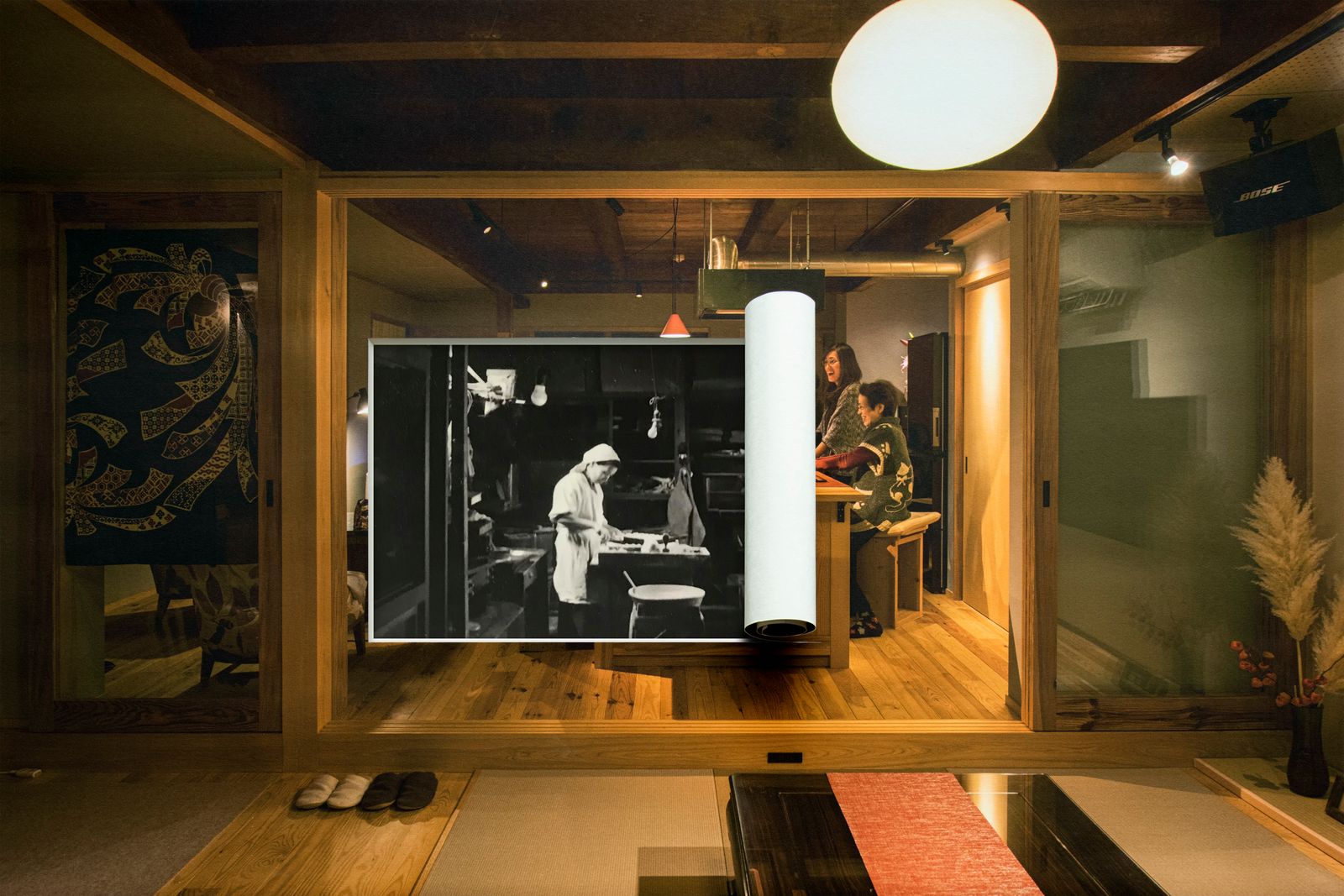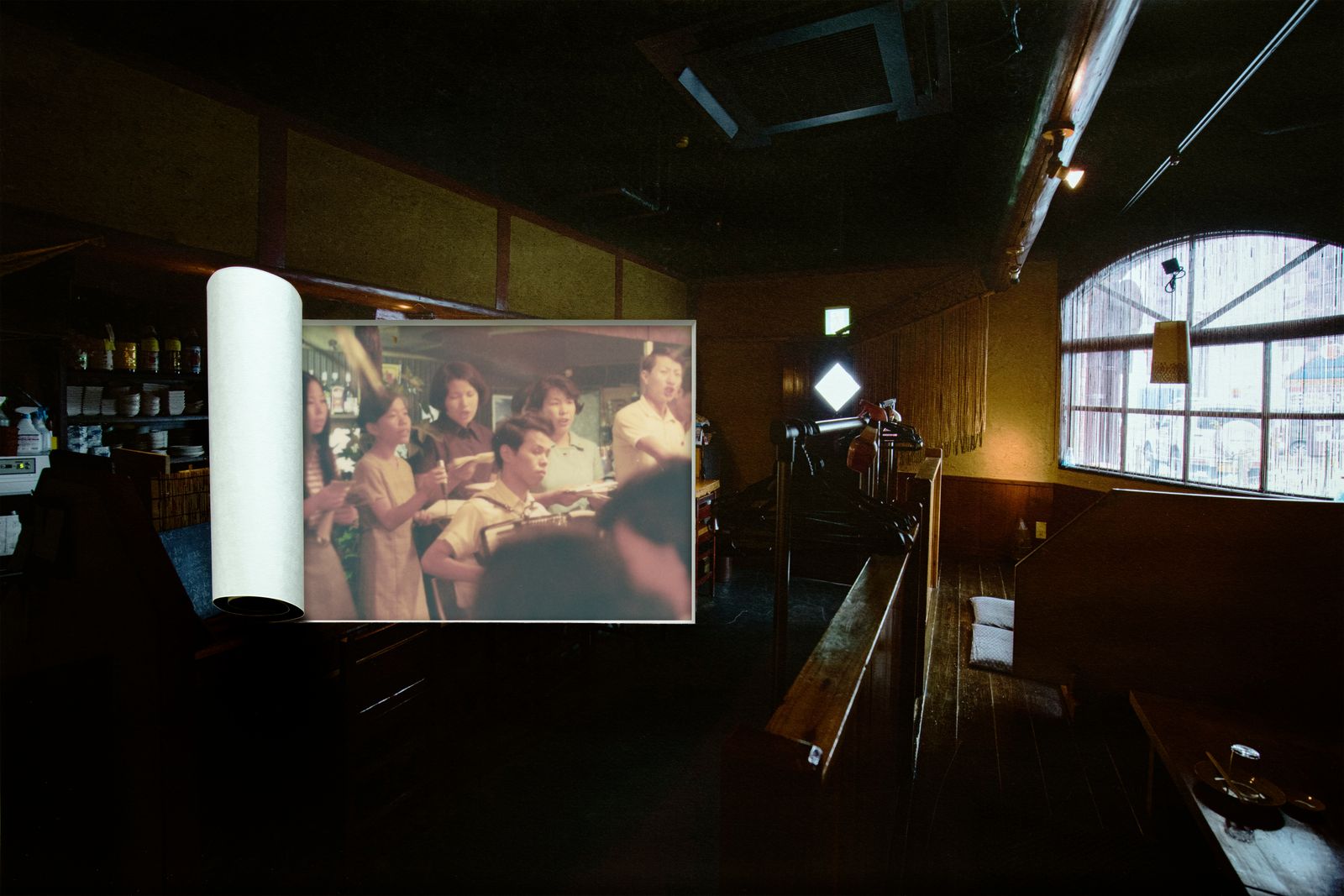x elements / Growth
-
Dates2017 - Ongoing
-
Author
- Location Japan, Japan
Landscapes reflect someone's hopes and desires in the past. If we can uncover the background, the causes would be counted backward. KINO Seido regards the layered sceneries of Japan between the past and today as a function and tries to make it calculable.
“The true logic of this world is in the calculus of probabilities, which takes account of the magnitude of the probability which is, or ought to be, in a reasonable man's mind.” (by James Clerk Maxwell, the late Scottish physicist)
As we might picture, growth rates are mathematically represented by derivatives, while integrals represent wealth. However, in today's highly uncertain world, does any equation exist that can lead us from the continuous past to the future? Japan's postwar economic development has been driven by manufacturing, but this has also led to an uneven distribution of the population, creating the problem of depopulation in the rural areas of the country. The Sanyo and San'in regions, divided by the Chugoku Mountains, cross western Japan. Sanyo means the sunny side of mountains, as San'in the shade of mountains does. Each region has followed the typical path since around the 1960s.
One city in Sanyo attracted one of the world's largest steel mills, and its population doubled. As it developed, the scenery has been radically changed and it isn't easy to imagine what it used to be like. On the other hand, a town in the San'in region has lost half its population as young people have been sucked out of the area. The ancient iron manufacturing method "tatara", rice cultivation culture, and Mythology have been preserved and are connected to the present day.
Landscapes reflect someone's hopes and desires in the past. If we can uncover the backgrounds, the causes would be counted backward. KINO Seido regards the layered sceneries as a continuous function and tries to make it calculable. So, based on the present, what kind of future can we prospect in the two regions?
